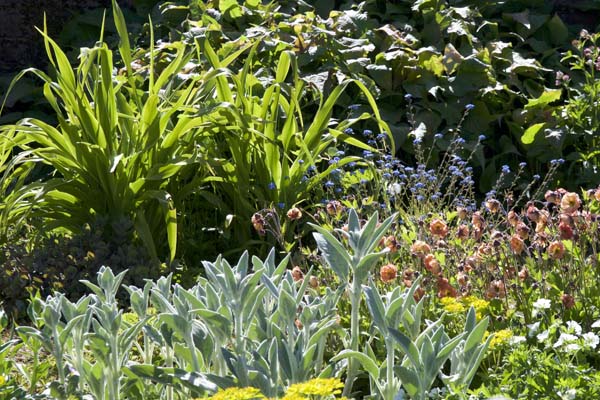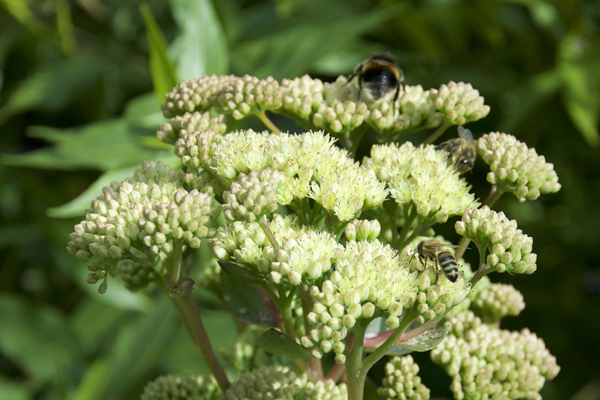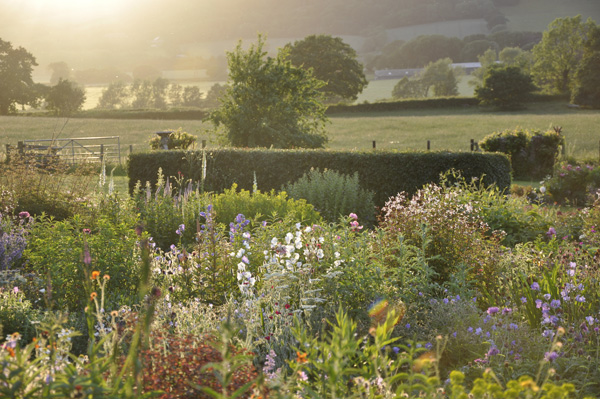Helenium
(Sneezeweed) Heleniums are also known as Sneezeweed, a name that refers to the unfounded ability to cause hay fever. They seem to have been largely unknown as a garden plant before the end of the 19th century, today they are steadfast favourites of the late summer border. Providing swathes of colour Heleniums bloom from late July to the end of September and even into October.
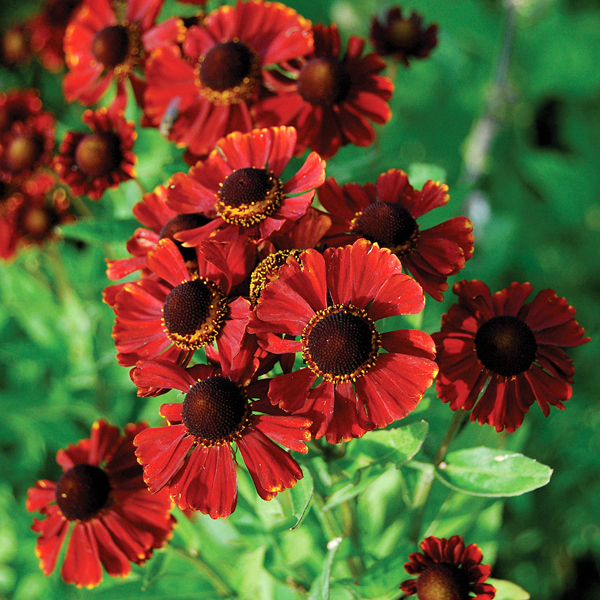
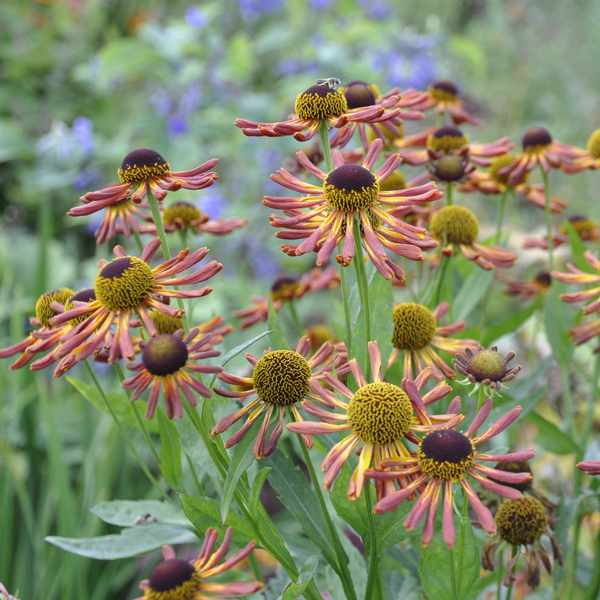
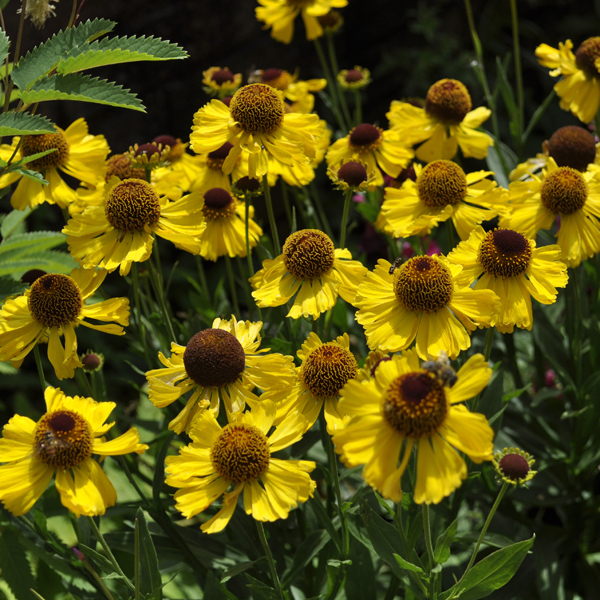
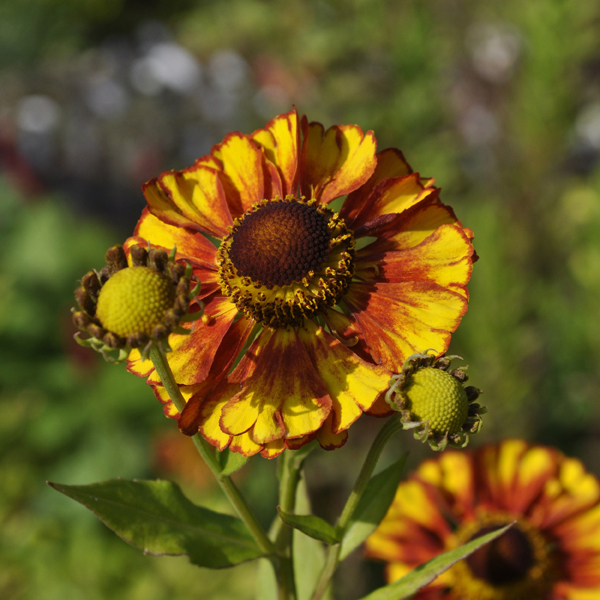
Left to right: Helenium 'Red Jewel', Helenium 'Loysder Wieck', Helenium 'Pip Squeek', Helenium 'Can Can'
Helenuim Flowers & Plant
Each large flower is daisy-shaped. The petals are evenly distributed around a brown middle that, as the flower ages, evolves into a high knob with rings of pollen. The individual flowers are carried on short branches that sprout near the top of the stiff, lightly leaved flower stem. The lack of leaves creates a clump that often looks bare and leggy, a fault that is particular true of taller varieties. The answer is plant Heleniums further back in the border, growing shorter plants in front to disguise the bare stems.
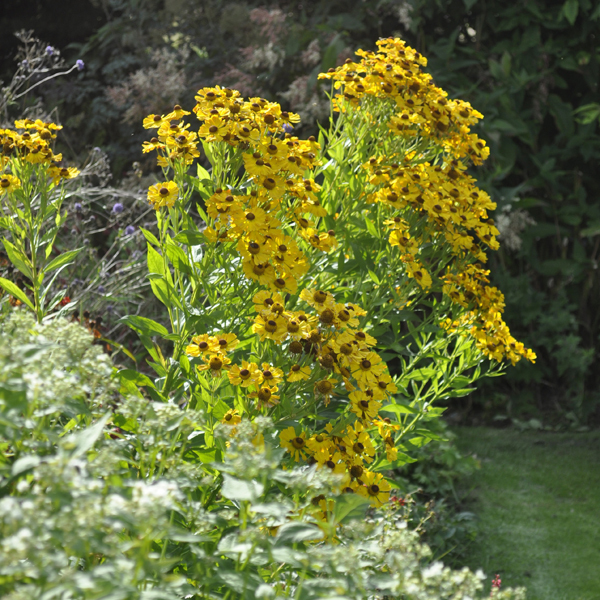
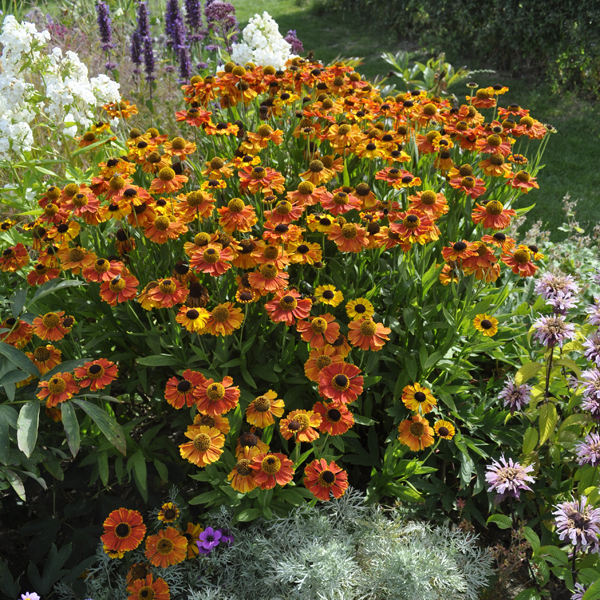
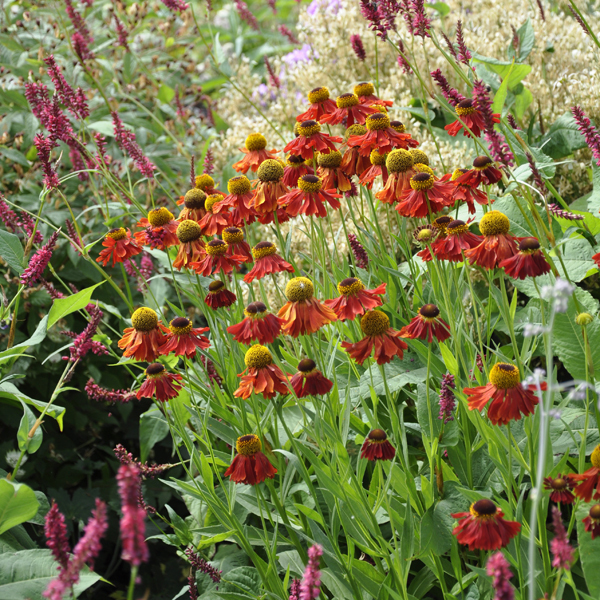
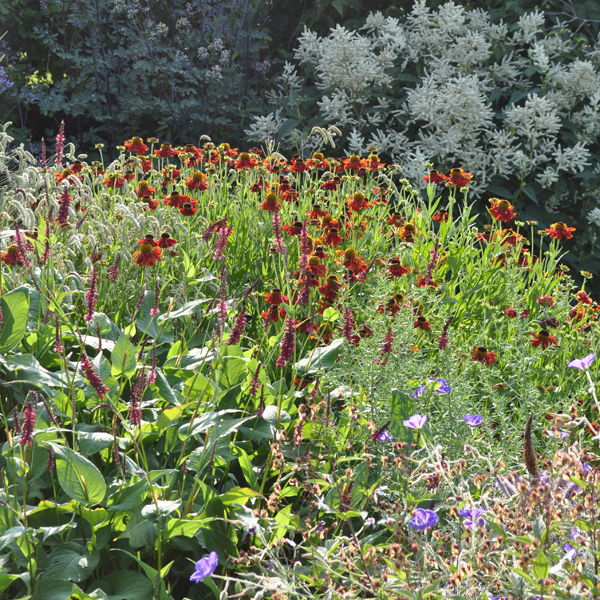
Left to right: Helenium 'Goldrausch', Helenium 'Mardi Gras', Helenium 'Moerheim Beauty'
Where Heleniums Come From
Open prairies and meadows, and moist spots in the Americas.
Where To Grow Helenium
Well-drained soil that remains moist in sun or partial shade
How To Care For Helenium
Cut back between autumn and spring. They need no fertiliser and only the taller varieties need staking if they are grown in a windy location. Divide every 3 years or so to keep them vigorous, or if the middle of the plant seems to be dying out.
Helenium Look Good With
Late summer flowering plants such as Aconitum, Aster, Coreopsis, Nepeta, Phlox
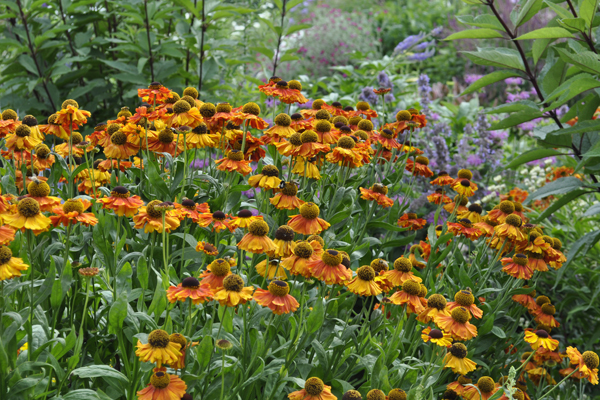 Helenium 'Waltraut'
Helenium 'Waltraut'
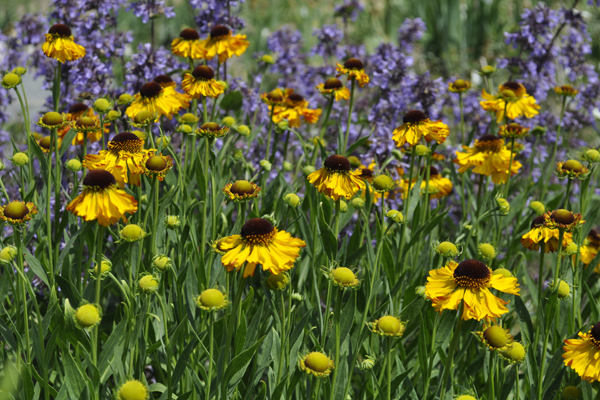 Helenium 'Wyndley'
Helenium 'Wyndley'
 Helenium 'Sahin's Early Flowerer'
Helenium 'Sahin's Early Flowerer'
